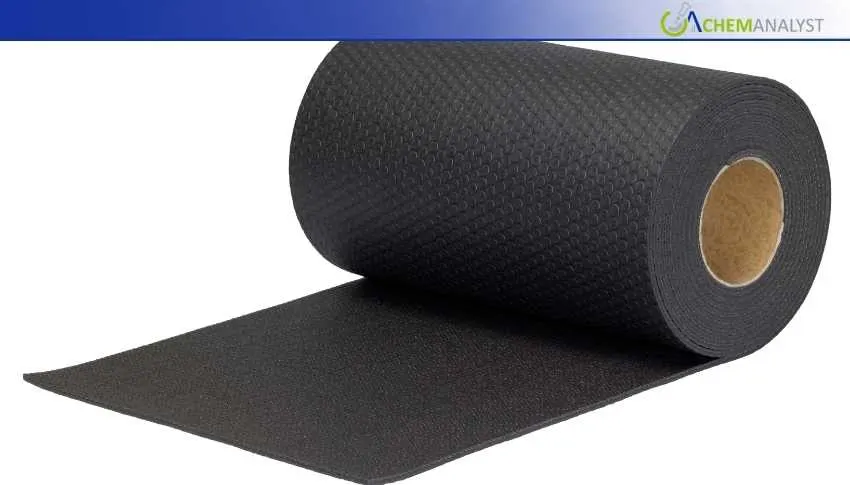Welcome To ChemAnalyst

In September 2025, the Butyl Rubber market in the US showcased bearishness in its trend. The decline in the prices of butyl rubber can be attributed to the declined production costs along with the decreased automotive purchases limiting the demand for butyl rubber from the downstream automotive sector in the US. Moreover, the ongoing trade uncertainties continued to impact the market sentiments of the global market.
The U.S. butyl rubber market witnessed bearish pressure, resulting in a decrease in prices of 2.68% in September. This price drop in the butyl rubber market is due to a combination of macroeconomic and industry-specific challenges such as lower feedstock prices, changing automotive dynamics, and trade disruptions that have become more severe.
In the upstream market, isobutylene—the primary raw material to produce butyl rubber—has undergone a slight price reduction of 0.82%. Although this cost reduction could be beneficial for producers, it also points to the weakening of demand across the entire value chain. Typically, lower feedstock prices are a sign of reduced production activity or oversupply, either of which can lead to a decline in the pricing of downstream products such as butyl rubber.
The automotive industry, which is a major consumer of butyl rubber for tire inner linings, sealing, etc., provided support to the current bearishness in the market sentiments of the commodity in the US. According to the latest statistics, U.S. car sales in September 2025 amounted to 1,256,366 units, indicating a year-on-year increase of 6.2% and a decrease of 13.91% when compared to the previous month. Nevertheless, the year-on-year increase is partly because there was an extra sales day compared to last year, and still, all the concerns remain. Car manufacturers are anticipating possible slowdowns as they are getting ready to increase vehicle prices in reaction to the new tariffs imposed by the Trump administration on imported vehicles. The tariffs, which are designed to reduce foreign competition, may have the opposite effect of weakening consumer demand and increasing the pressure on profit margins throughout the supply chain.
In addition, the general trade situation is making the negative sentiment even stronger. In September, U.S. imports of containerized goods dropped by 8.4% compared to the corresponding period in the previous year, with imports from China crashing by 22.9%. Such a huge decline is a clear indicator of the trade disputes and tariffs that have seriously disturbed the movement of goods and have forced buyers to change their procurement strategies. Most of the holiday goods have already been imported, hence the import cargo volumes at the major U.S. ports are going to be under 2 million TEU until the end of the year due to the rising tariffs.
The demand for butyl rubber is directly impacted by these developments. Import activities going down are a sign that the manufacturing and packaging sectors are slowing down, and butyl rubber is being used for sealing and insulating in these sectors. Furthermore, the change in the trade routes could result in a shortage of logistics and a mismatch in inventory, which would, in turn, lead to price pressures.
According to ChemAnalyst, the overall situation for the U.S. butyl rubber market was bearish. Falling feedstock prices, tariff-related uncertainty, and weak downstream signals all point to the possibility that prices will continue to be under pressure to decline in the short run. The participants in the butyl rubber market will be faced with a challenging scenario that will be influenced by political changes, adjustments in the supply chain, and shifting consumer behaviour.
We use cookies to deliver the best possible experience on our website. To learn more, visit our Privacy Policy. By continuing to use this site or by closing this box, you consent to our use of cookies. More info.
